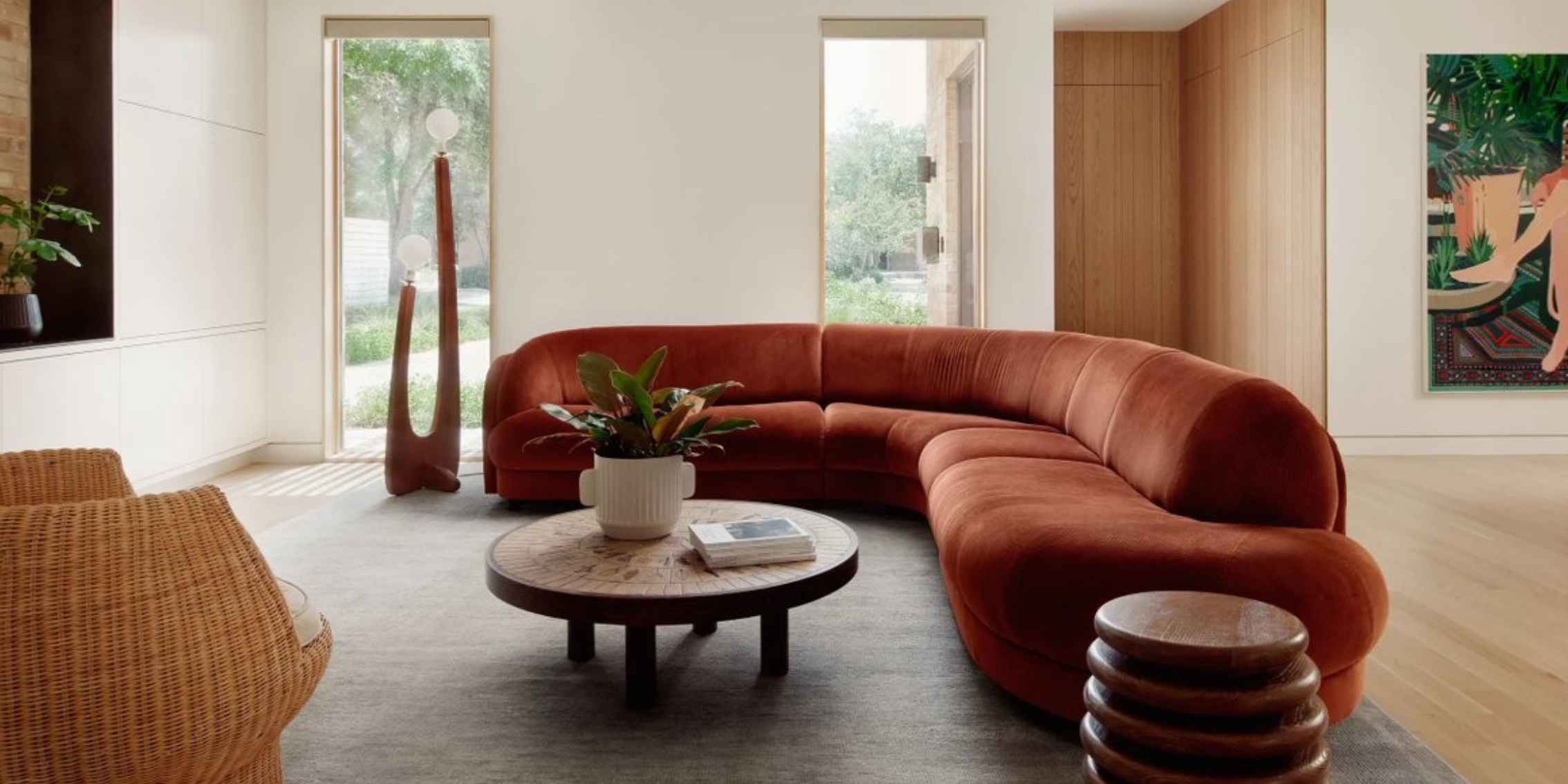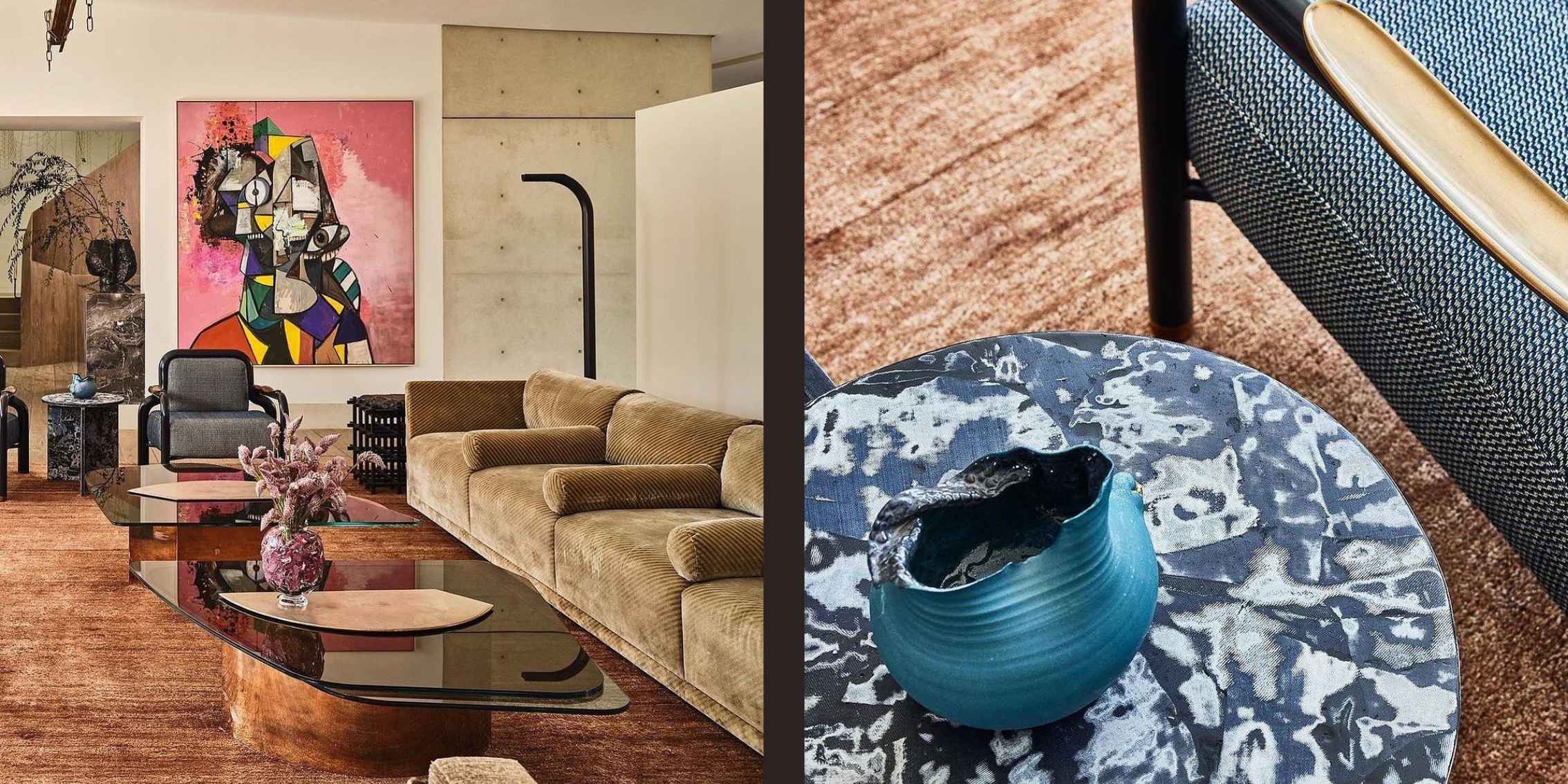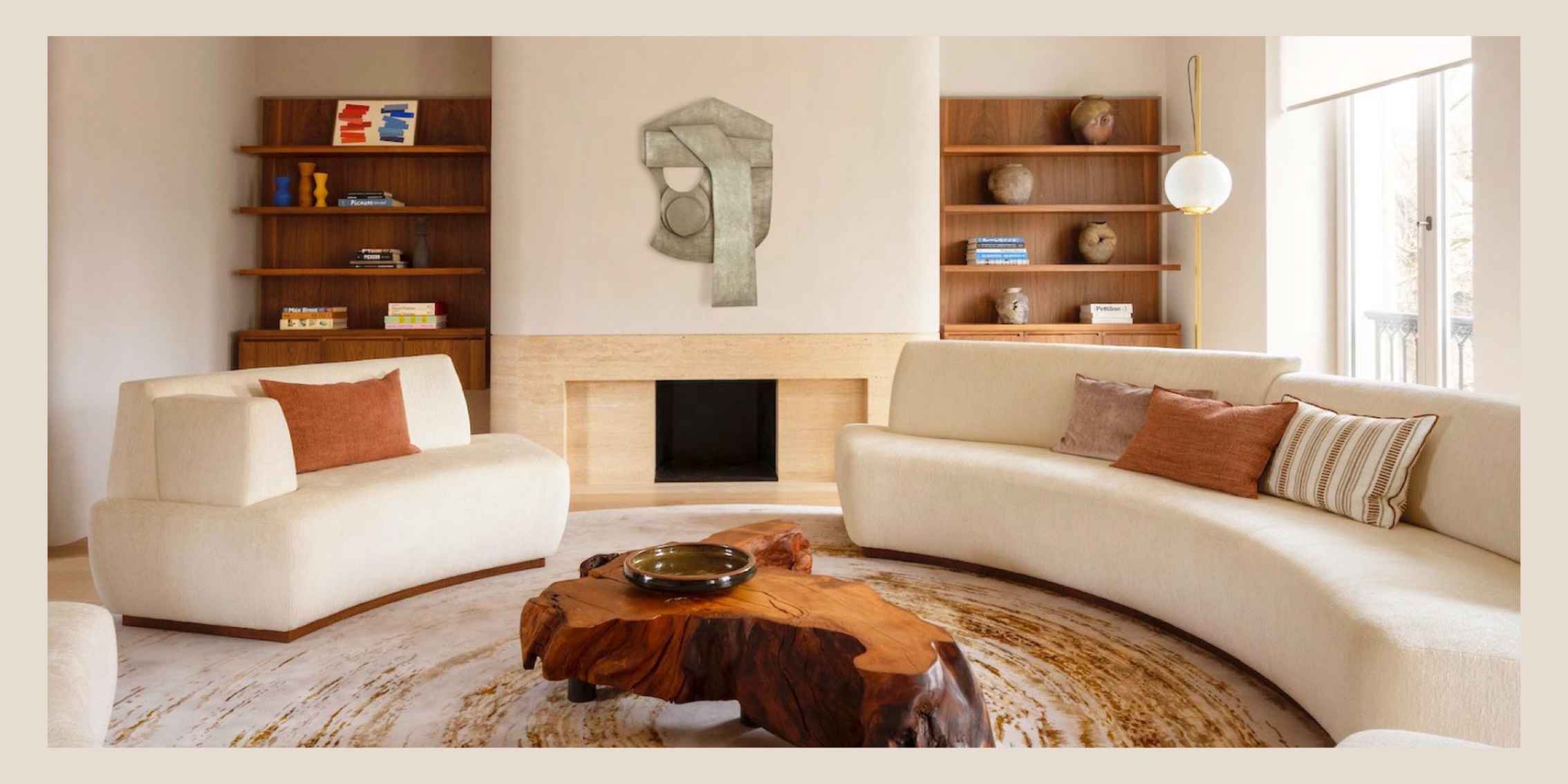The Secret to Flow: Understanding Rhythm in Interior Design
Crafting harmonious and inviting spaces is a key goal in interior design, and understanding the concept of rhythm is essential to achieving this. The Interior Design Institute offers comprehensive online courses designed for aspiring interior designers to unlock the power of rhythm in their designs. Rhythm in interior design is crucial for creating visually pleasing and cohesive environments that feel both dynamic and balanced.

Image source: Cosmos
The Rhythm of Design
Rhythm in interior design refers to the repetition or variation of elements to create a sense of visual flow and movement. It can be achieved through various design elements such as color, pattern, texture, scale, and line. Additionally, considering negative space (empty areas) is important in creating a balanced rhythm that doesn’t overwhelm the senses.
Creating Rhythm with Color
Color is a powerful tool in establishing rhythm within a room:
- Repetition and Variation: Repeating or using variations of a color palette can create a sense of continuity and flow.
- Color Techniques: Techniques like color blocking, color gradients, and the use of accent colors add visual interest and movement.
- Psychological Impact: Colors can influence the overall mood of a space, making it important to choose them thoughtfully to achieve the desired ambiance.

Image source: @miketuckstudio
The Power of Pattern and Texture
Patterns and textures add depth and dimension to a room, contributing to its rhythm:
- Repeating Patterns: Using patterns on furniture, fabrics, rugs, or wallpaper creates a sense of rhythm through repetition.
- Variation in Patterns: Varying the scale or color of patterns can maintain coherence while adding visual interest.
- Texture Interplay: Contrasting or complementary textures create a dynamic interplay, enhancing the rhythmic flow within a space.

Image source: Cosmos
Rhythm Through Scale and Line
Scale and line are fundamental in guiding the eye and creating visual movement:
- Scale Repetition: Echoing furniture sizes, artwork dimensions, or architectural features can establish a rhythmic pattern.
- Use of Lines: Horizontal, vertical, and diagonal lines can guide the eye through a space, creating a sense of flow.
- Balance and Proportion: It’s important to consider balance and proportion when incorporating elements of different scales to maintain harmony.

Image source: Cosmos
Beyond Aesthetics: The Functional Aspect
Rhythm is not just about aesthetics; it also plays a crucial role in functionality:
- Defining Areas: Rhythm can be used to define different areas within a room, such as living and dining spaces, improving the overall layout.
- Traffic Flow: Effective use of rhythm can enhance traffic flow, making a space more navigable and user-friendly.
- Lifestyle Considerations: When creating a rhythmic layout, it’s essential to consider the homeowner's lifestyle and needs to ensure the space is both beautiful and practical.

Image source: Cosmos
A Career in Interior Design
Pursuing a career in interior design opens up a range of specialisations:
- Residential Design: Focus on creating functional and aesthetically pleasing homes.
- Commercial Design: Design spaces for businesses, such as offices and retail stores.
- Hospitality Design: Create inviting environments for hotels, resorts, and other hospitality venues.
The growing demand for designers who can create stylish and functional spaces, especially those that consider design principles like rhythm, makes this an exciting field. Our online courses teach essential skills for a successful interior design career, including space planning, color theory, and furniture selection.

Image source: Cosmos
Mastering the Art of Rhythm
At IDI, our online interior design course curriculum covers everything you need to master rhythm in design:
- Foundational Design Principles: Learn the basics of interior design, including color theory and spatial planning.
- Software Training: Optional training on industry-standard software like AutoCAD and SketchUp helps you visualize and plan your designs.
- Practical Exercises: Hands-on projects focused on incorporating rhythm into your designs help you develop practical skills.
Our flexible online learning model allows you to study at your own pace, fitting your studies around your schedule. Benefit from the experience of professional instructors and the support of an online community of design enthusiasts.
Transform Your Spaces and Your Career with the Art of Rhythm
Understanding rhythm and its applications in interior design is key to creating harmonious and inviting spaces. Our online courses equip you with the knowledge and skills to confidently implement rhythm in your designs, setting you up for a successful career in interior design.
Ready to master the art of rhythm and transform your design career? Enroll in our courses today! Unlock your potential with The Interior Design Institute and create stunning, flowing interiors that captivate and inspire.
What are you waiting for?





